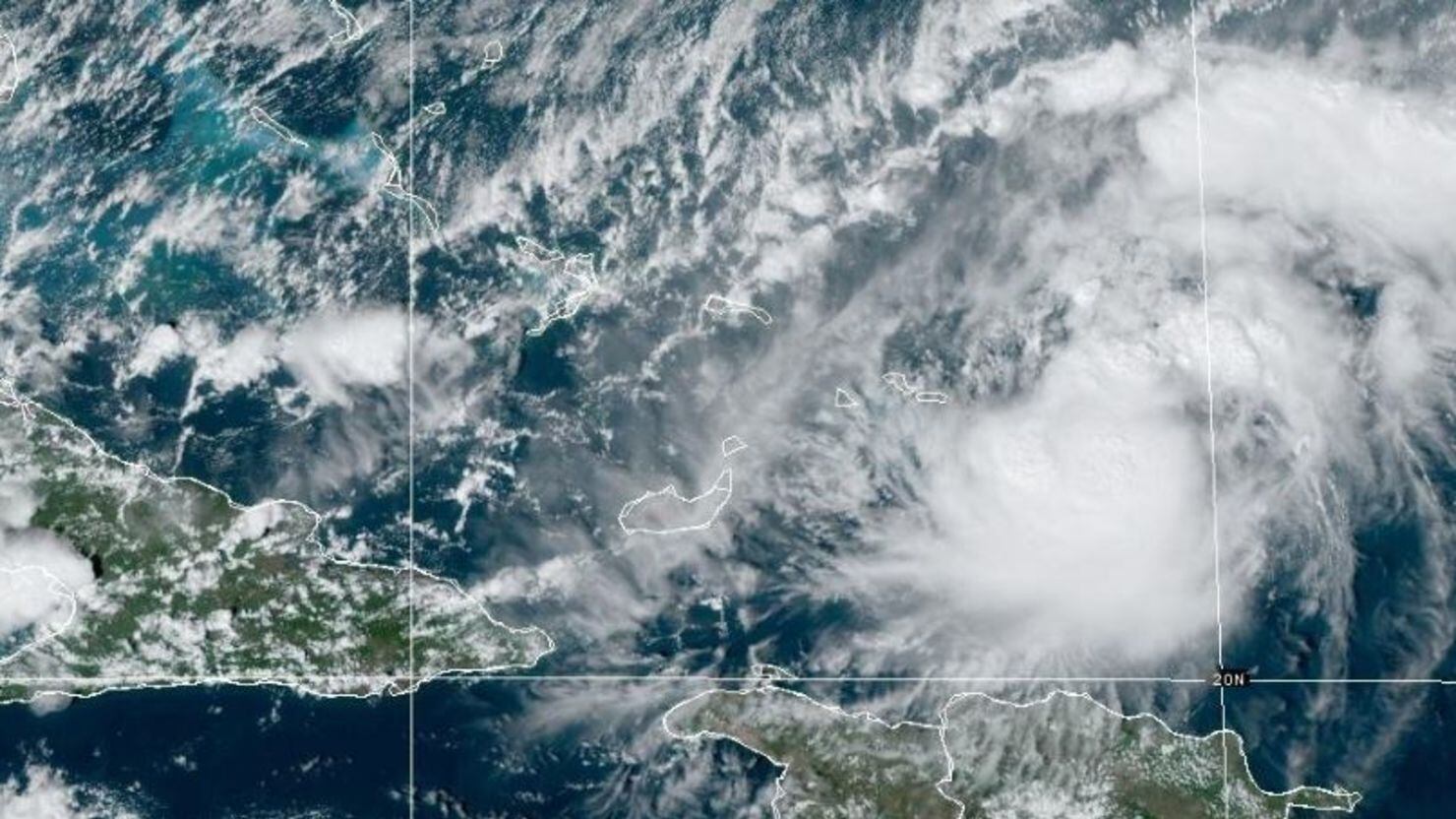Hurricane Oscar made landfall in eastern Cuba, an island that recently suffered a massive blackout, after hitting the southeastern Bahamas on Sunday morning, according to the US National Hurricane Center.
The Miami-based Center indicated that the center of the storm reached the Cuban province of Guantánamo, near the city of Baracoa, on Sunday afternoon. Its maximum sustained winds were around 130 km/h (80 mph).
PUBLICIDAD
The system is expected to move through eastern Cuba on Sunday night and Monday. Meteorologists indicated that 6 to 12 inches (15.2 to 30.5 centimeters) of rain are expected across eastern Cuba through the early hours of Wednesday, with isolated areas expecting up to 18 inches (45.72 centimeters). A storm surge of up to 3 feet (0.91 meters) is possible in some areas along the northern coast of Cuba, according to the center.
It was expected that Oscar would weaken over eastern Cuba before turning northeast and approaching the central Bahamas on Tuesday, according to the center.
The storm vortex was located about 5 miles east-southeast of Baracoa, or about 50 miles east-northeast of Guantánamo.
Oscar made landfall on Great Inagua Island on Sunday morning. It was anticipated that it would cause dangerous storm surges that would lead to serious flooding on that coast and in other areas of the southeastern Bahamas.
The hurricane is approaching at a time when Cuba is trying to recover from the worst blackout in at least two years, which left millions of people without electricity for two days last week. Part of the electrical service was restored on Saturday.
Philippe Papin from the National Hurricane Center said that at this point it is not anticipated for Oscar to become a hurricane on Saturday.
"Unfortunately, the system approached us stealthily," Papin commented.
Hours before, Tropical Storm Nadine formed on the southeast Caribbean coast of Mexico. It weakened to a tropical depression as it moved over land.
